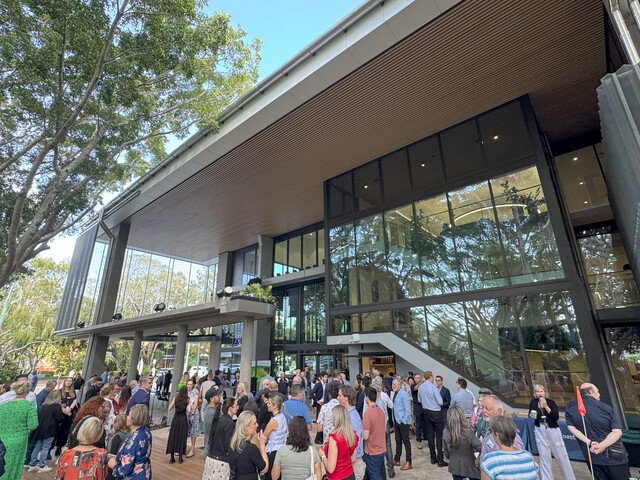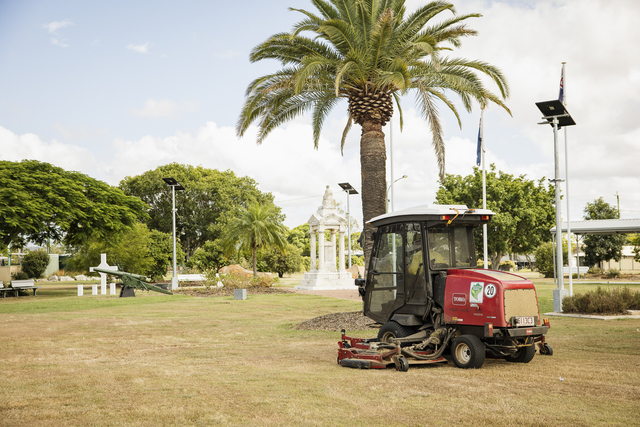In each edition we feature the views of a Local Government Association President. The following is from Mayor Lynn Mason, President of the Local Government Association of Tasmania.
The first KPI Report on the performance of Tasmanian Councils was released in September, with due fanfare from all players involved: Federal, State, and Local Government – both elected members and officers.
The KPI committee was dominated by Council officers, with single representatives from both Department of Premier and Cabinet, Treasury, and the Local Government Board.
Altogether, 50 performance indicators were selected for industry reporting purposes, in five major areas: governance; management and finance; regulatory functions, such as planning, infrastructure and utilities; and community services and development.
Despite (or perhaps because of) some knowledge of the process in other States, Tasmanian Councils embarked on the process with some trepidation.
The Committee has reiterated frequently that it has not created a League Table. The report makes it quite clear that performance indicators can be influenced by a variety of external factors, including geographic differences and various demographic factors, such as population density and seasonal population changes.
The significance of the Tasmanian exercise is that it gives the ratepayer a real opportunity to ask the intelligent, searching, possibly uncomfortable question at the Council’s Annual General Meeting.
Tasmanian Councils theoretically will have no need to shy away from this process, but rather use it as a directional tool in the compilation of targets for the forthcoming operational and budget planning sessions which occur within a few months of the Annual General Meetings.
Then the question becomes not so much why one Council is under performing, in comparison to its similarly sized neighbours, but why it continues to fail to reach targets set for it on the basis of the information provided in these reports and questioned by both the elected members and the residents.
What Local Government in Tasmania or any other State does not need is another weapon to be used against it.
Because of the extent of consultation which has gone into the production of this first report, and the fact that the Councils themselves have driven the process (as opposed to the State), it is hoped that Councils, Councillors and ratepayers can tell the difference between tools and weapons, and opt for correct usage.







